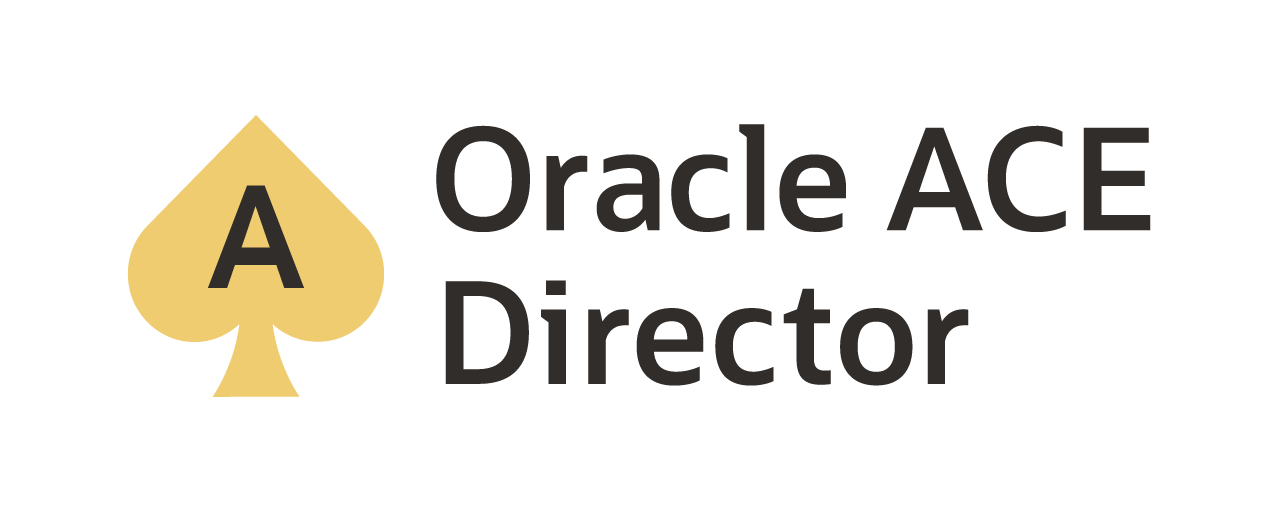#GoldenGate Microservices (1 of 5) … ServiceManager
This is post 1 of a 5 part post related to Oracle GoldenGate 12.3 Microservices. This series of posts will provide some details over the new graphical user interface (GUI) that has been built into Oracle GoldenGate 12.3.
The first of the Oracle GoldenGate Microservices that you need to understand is that ServiceManager. This service is main interface into the Oracle GoldenGate environment. From the HTML5 page that is provided with ServiceManager, you can quickly get an overview of what is running on the server that Oracle GoldenGate is running on. Additonally the ServiceManager acts as the watch dog process for the environment. This means that if a service was to go down, it can be restarted via the ServiceManager.
The ServiceManager can be configured in three different modes. These modes range from manual to Real Application Cluster (RAC) aware. These modes are:
- Manual
- Deamon
- XAG
These configuration options are selectable during the inital run of Oracel GoldenGate Configuration Assistant (oggca.sh) (Figure 1). If you wanted to use it manually, you woudn’t select anything on this screen. If you want to run it on a single server, than the deamon option is a good choice. For the XAG option, you need to make sure you have the current XAG agent (here).
Figure 1:

After ServiceManage is installed, then you will be able to access the interface via a URL (Figure 2). In the example, you will see that I’m usign port 16000. This is not the default port, but a port that I had configured during the installation using Oracle GoldenGate Configuration Assistant.
Figure 2:

Once the ServerManager page is up, then you just need to login with the administrator account you created during installation of ServiceManager. Keep in mind, if you do not know the userid or password, the consult the people who initally configured the ServiceManager.
After logging in, you are taken directly to the overview page. This page has a few items of importance for the Oracle GoldenGate environment. First you will notice on the left hand side of the page, is a context menu that provides a link to Overview and Diagnostics. This is basically a navigation menu that will be in every microservice (different per service). Then notice at the top of the page, a summary of processes that are running, stopped, or other Lastly, at the middle and bottom of the page, you see the services and deployments that are associated with the installation (Figure 3).
Figure 3:

If you want to know details of the ServiceManager and/or deployments, you can click on the associated deployment under Deployments. This will take you to a summary page, where you can identify items releated to the deployment and change the $OGG_HOME (more on this later).
As you can tell, we have made some great improvments to the Oracle GoldenGate product. Hopefully, this post has you excited to see what else is hiding in the product and my next couple of posts.
Enjoy!!!
Bobby Curtis

I’m Bobby Curtis and I’m just your normal average guy who has been working in the technology field for awhile (started when I was 18 with the US Army). The goal of this blog has changed a bit over the years. Initially, it was a general blog where I wrote thoughts down. Then it changed to focus on the Oracle Database, Oracle Enterprise Manager, and eventually Oracle GoldenGate.
If you want to follow me on a more timely manner, I can be followed on twitter at @dbasolved or on LinkedIn under “Bobby Curtis MBA”.

Can you be more specific about the content of your article? After reading it, I still have some doubts. Hope you can help me.
Can you be more specific about the content of your article? After reading it, I still have some doubts. Hope you can help me.
Your article helped me a lot, is there any more related content? Thanks!